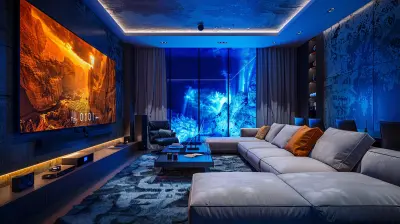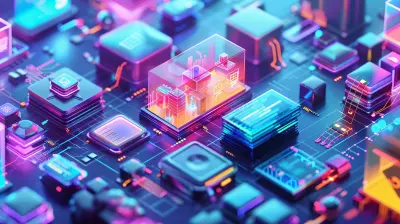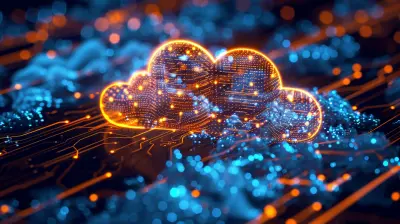AI-Generated Art: A New Canvas for Creativity
8 September 2025
Artificial intelligence is taking over the world—or at least the creative spaces we never thought it would. From music compositions to written content, AI is now dipping its virtual brushes into the art world. But does AI-generated art signify the death of human creativity, or is it unlocking an entirely new way to express ourselves?
Let’s dive into this fascinating intersection of technology and creativity and see if AI is the artist of the future or just another tool in the hands of human creators. 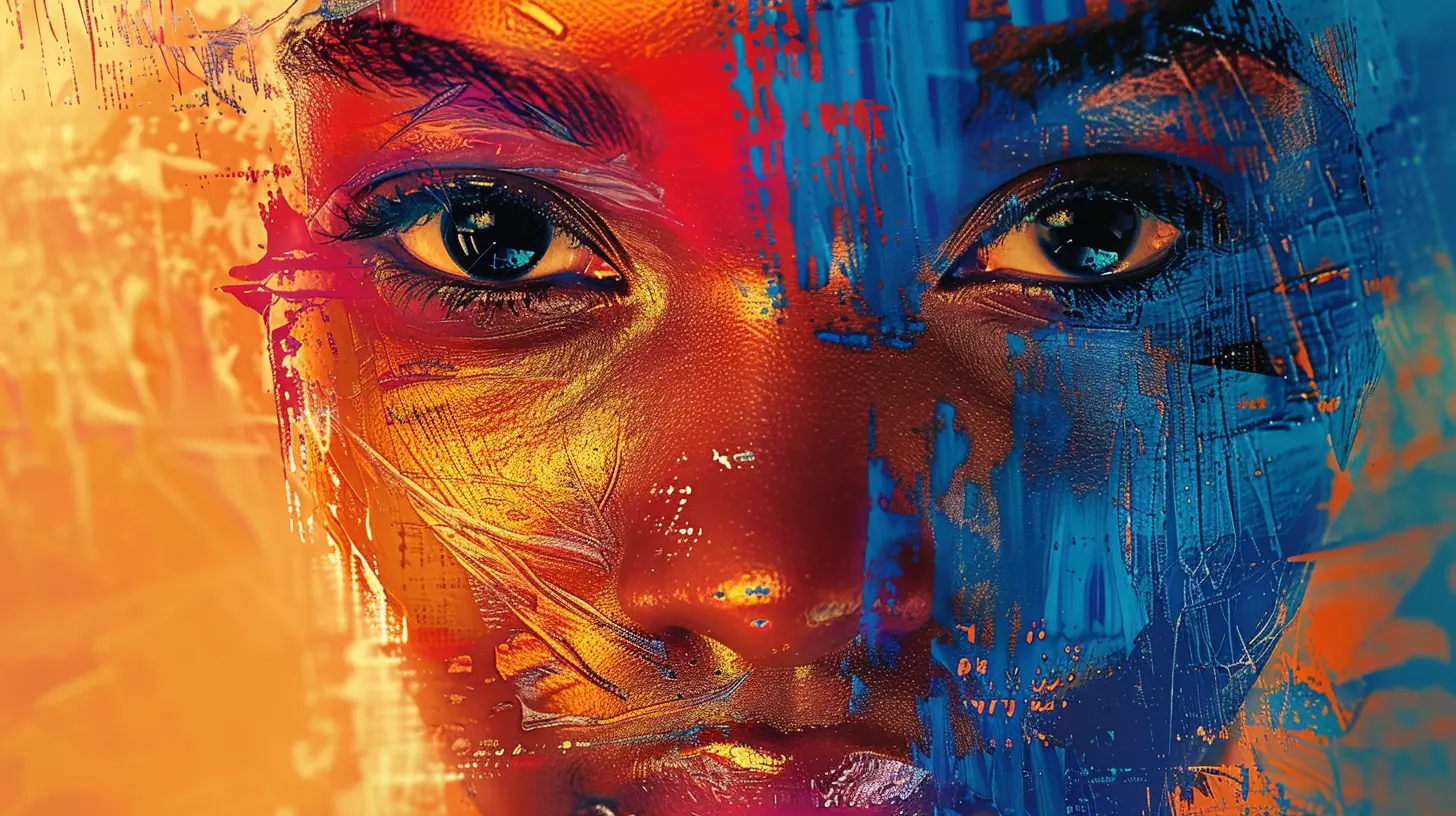
The Rise of AI in the Art World
AI-generated art isn’t some futuristic concept—it’s happening right now. In recent years, AI models like DALL·E, Midjourney, and Stable Diffusion have captured the imagination of artists and tech enthusiasts alike. These programs can turn a simple text prompt into a visually stunning piece of artwork within seconds.But where did this all start? AI-created art dates back to experiments in the 1960s when scientists first dabbled with computer-generated images. Fast forward to today, and AI is producing breathtakingly complex pieces that rival (or even surpass) human-created works.
The Game-Changer: Neural Networks
The key to AI’s artistic power lies in deep learning and neural networks. These systems process vast amounts of data, analyzing patterns, styles, and compositions from millions of existing artworks. With enough training, AI can mimic artistic techniques, blend different styles, and even create something completely new.The real game-changer? AI doesn’t have the creative blocks that humans do. It doesn’t second-guess itself, overthink color schemes, or worry about whether its work is "good enough." It just creates. 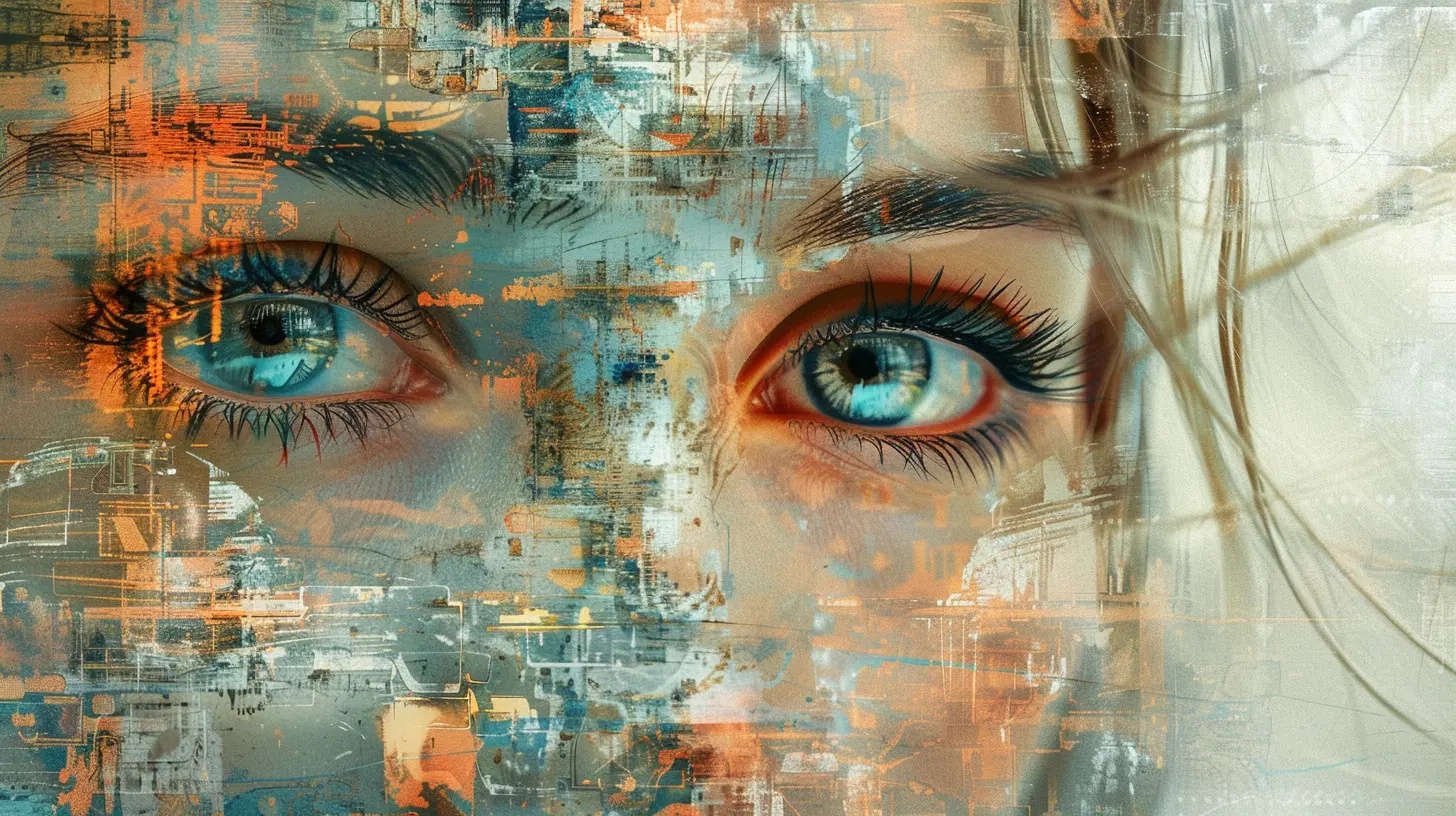
AI vs. Human Artists: A Battle or a Collaboration?
One of the biggest debates surrounding AI-generated art is whether it threatens traditional artists. Will machines replace human creativity?The short answer: Not really.
Sure, AI-generated pieces can be beautiful, intricate, and sometimes even emotionally moving. But AI lacks one crucial element that defines human artistry—personal experience. AI doesn’t feel, it doesn’t suffer heartbreak, and it doesn’t witness the world through human eyes. Art is often an emotional outlet, a way to communicate deep feelings and perspectives. While AI can mimic creativity, its work is algorithm-driven, not emotionally inspired.
Instead of seeing AI as competition, many artists are embracing it as a tool. Think of it like a paintbrush, a camera, or a musical instrument—AI extends creative possibilities rather than replacing the artist.
How Artists Are Using AI As a Tool
Rather than seeing AI as a replacement, many creatives are using it as a collaborator. Here’s how:- Idea Generation: AI can generate multiple concepts in seconds, helping artists brainstorm and refine their ideas.
- Style Experiments: Want to see what your artwork would look like in the style of Van Gogh or Picasso? AI can do that instantly.
- Time-Saving Automation: Artists can use AI to automate repetitive tasks, like background generation or color balancing, freeing up time for creativity.
Instead of AI replacing artists, it's becoming an assistant that enhances human creativity. 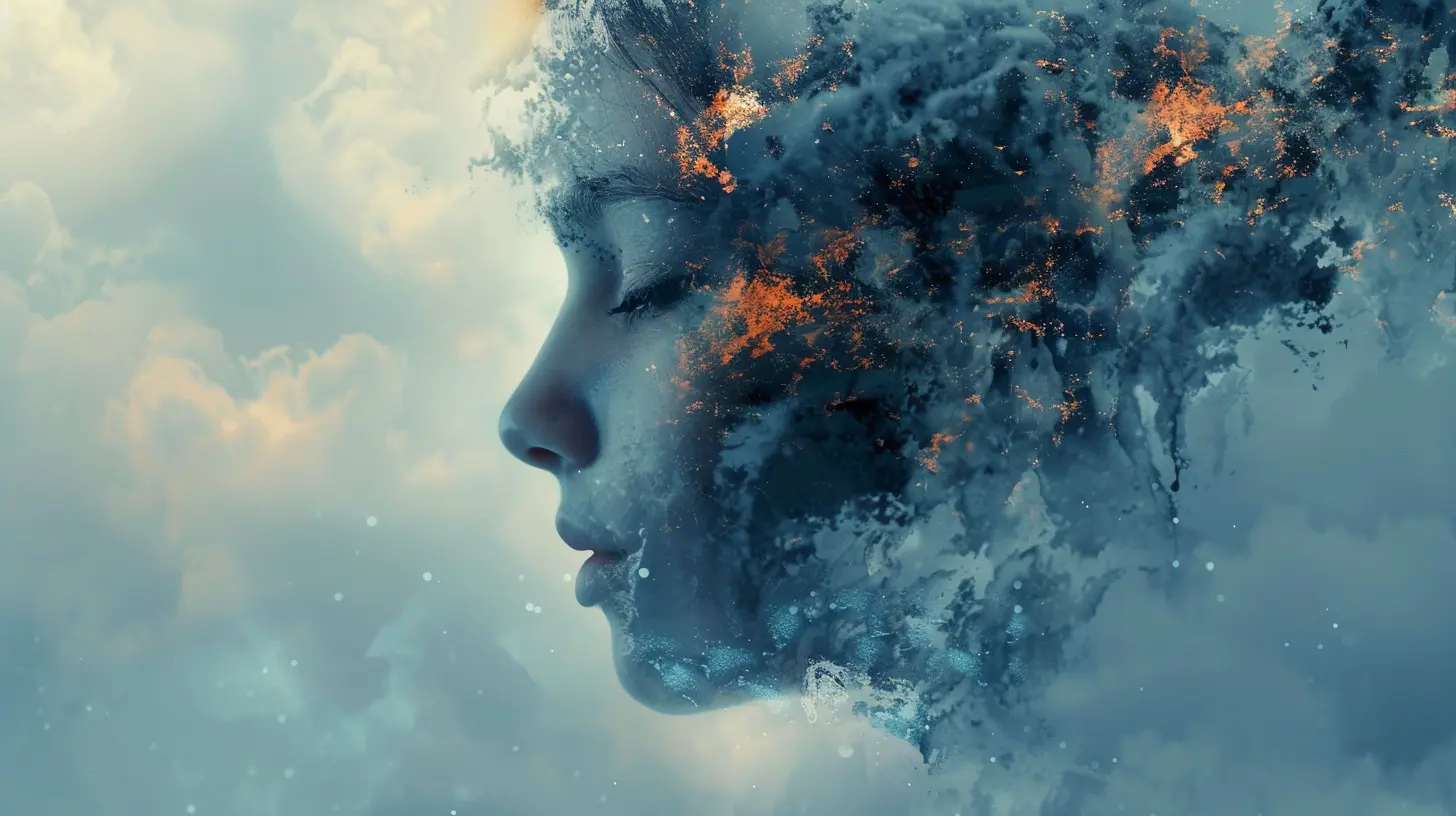
The Controversy Behind AI-Generated Art
Of course, not everyone is thrilled about AI’s foray into the art world. AI-generated art comes with its fair share of controversy, particularly regarding originality, ethics, and ownership.1. Is AI Art Truly Original?
Many critics argue that AI doesn’t create anything "original"—it simply remixes existing works. Since AI learns from massive datasets of art created by humans, does that mean it’s just a glorified copy machine?While AI-generated images might be unique combinations, they’re still deeply influenced by human-created works. This raises concerns about plagiarism and intellectual property. Should AI be allowed to profit from an artwork that’s built on millions of human-created references?
2. Who Owns AI-Generated Art?
The legal landscape of AI art is murky. If you use an AI tool to generate an artwork, do you own the final piece? Or does the platform that built the AI hold the rights? Some AI models come with clear guidelines, while others leave artists in a legal gray area.This issue gets even trickier when AI-generated pieces win competitions. In 2022, an AI-created artwork won first place in a digital art competition, sparking outrage from human artists who felt cheated. The question remains: should AI-generated art be judged alongside human-made work?
3. The Ethical Dilemma
Perhaps the biggest ethical concern with AI-generated art is job displacement. If businesses can generate professional-level artwork instantly and for free, will they still hire human artists?While AI is a powerful tool, it lacks the soul and storytelling ability of a human. There will always be a demand for human artists who bring their personal touch and emotions into their work. However, AI may shift how artists work, pushing them to adapt and find new ways to stand out in a world where automation is becoming the norm. 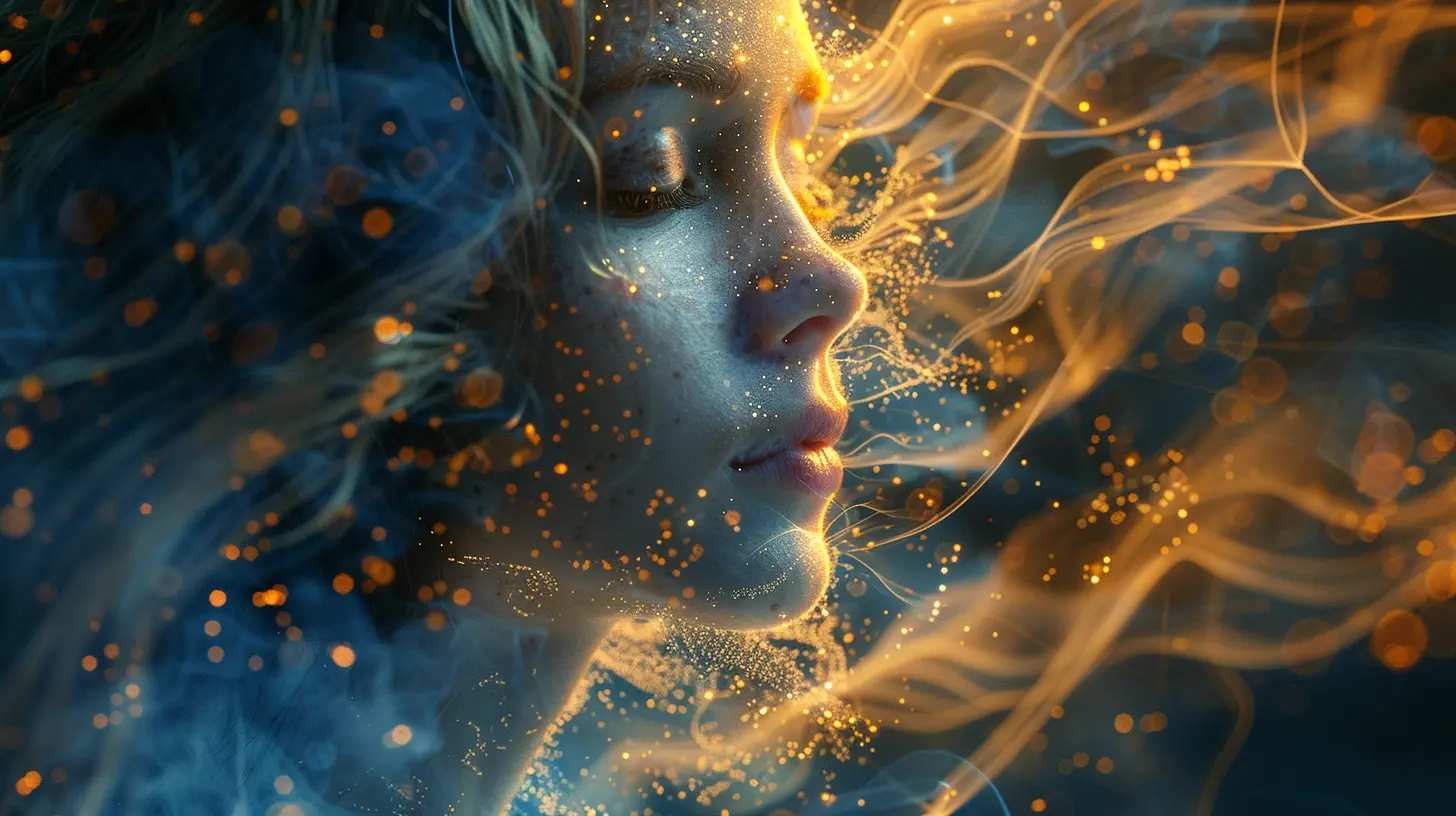
The Future of AI-Generated Art
So, what does the future look like for AI in art? Will it keep evolving, or will it hit a creative ceiling?If history tells us anything, technology never stops evolving. AI-generated art will likely become even more sophisticated, with models that can understand emotions, cultural nuances, and even personal artistic preferences.
The Potential of AI in Creativity
- Personalized Art: Imagine an AI that knows your art preferences and generates pieces tailored to your emotions and tastes.- Interactive AI: Artists could collaborate with AI in real-time, tweaking and refining generated pieces with more precision.
- New Artistic Styles: Just as photography didn’t kill painting, but created new forms of expression, AI might birth entirely new art styles.
AI isn’t here to replace creativity—it’s here to redefine it. The artists of the future will likely be those who merge human intuition with AI capabilities to create something never seen before.
Is AI Art the Future of Creativity?
At the end of the day, AI-generated art is neither the enemy nor the ultimate creator. It’s a tool—one that can either be feared or embraced.If you ask me, the rise of AI art is less about competition and more about evolution. The art world has always adapted to new tools—from the paintbrush to Photoshop. AI is just the latest addition to the creative toolbox.
The real question is: How will we use it?
AI is painting a new canvas for creativity, but the brush is still in our hands.
all images in this post were generated using AI tools
Category:
Artificial IntelligenceAuthor:

Jerry Graham
Discussion
rate this article
1 comments
Kyle McKnight
This article beautifully captures the transformative power of AI-generated art. It's inspiring to see technology push the boundaries of creativity and invite fresh perspectives into the artistic realm. Thank you!
September 17, 2025 at 3:11 AM

Jerry Graham
Thank you for your kind words! I'm thrilled to hear that the article resonated with you and highlighted the exciting potential of AI in art.
